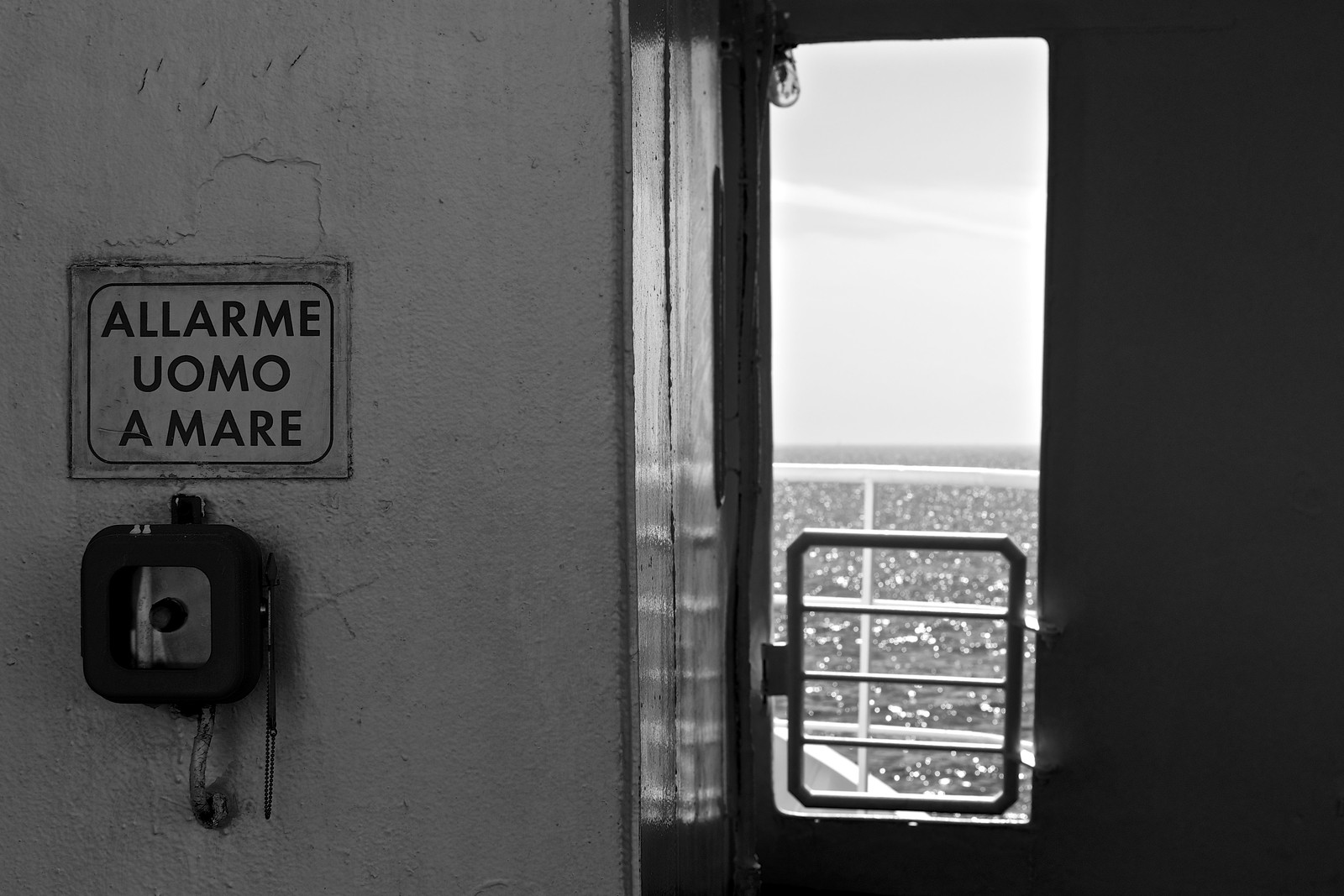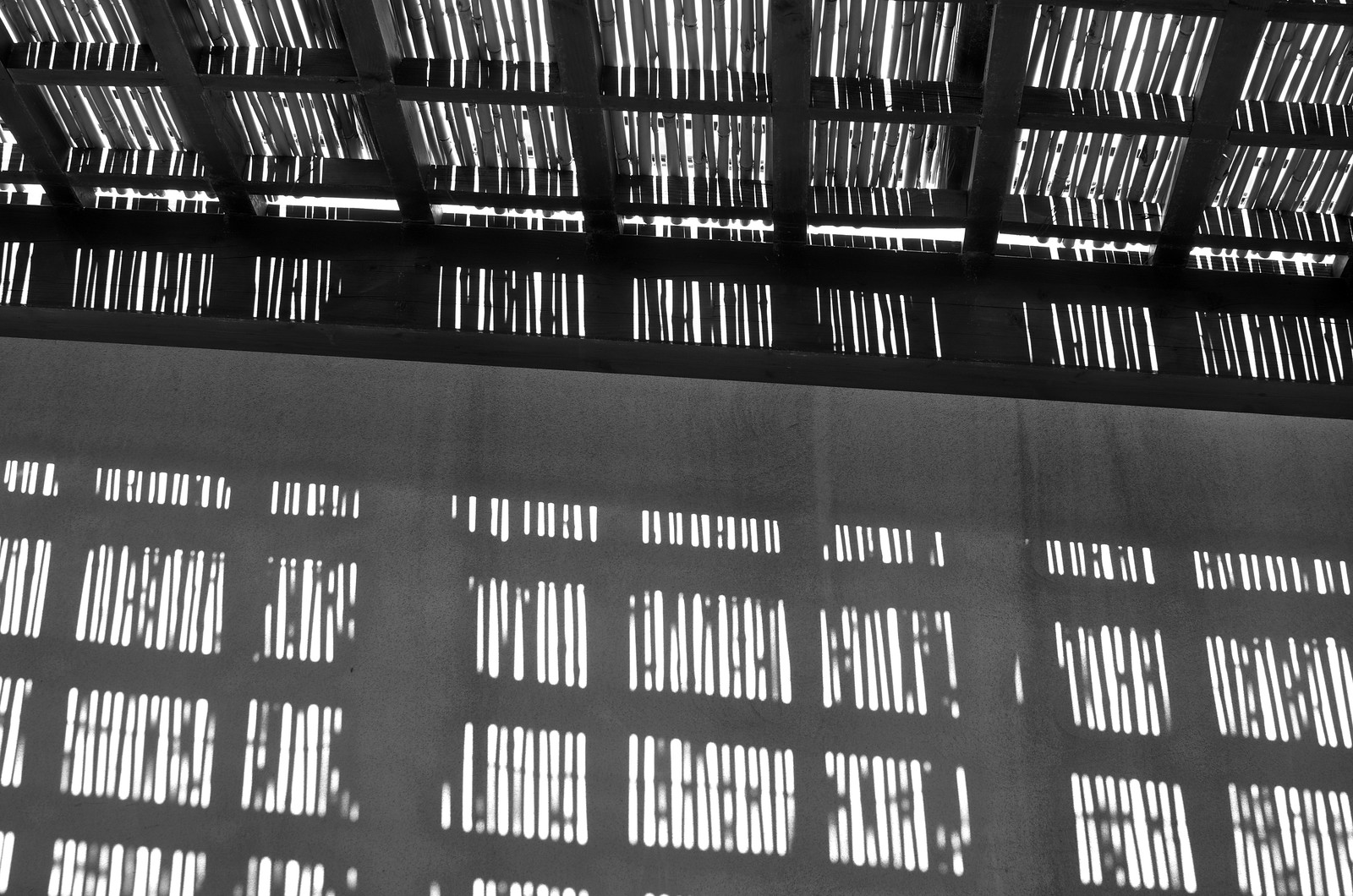It’s almost a year now that I have the Nikon D7000. It’s time to write something up about this camera.
I arrived at the Nikon D7000 after a long apprenticeship. I started with a Yashica FX-3 and its 50mm f/1.8, then I moved to a Nikon F70 (we’re still in the ancient film era). After a few crappy compact digital cameras (and one less crappy than others, the Canon G5) I got my first DSLR (a Nikon D70s) which was excellent until it broke down.
Since I was always traveling and hiking and biking I wanted a smaller camera so I bought a Panasonic GF-1 that I still have (and will keep for many more years to come; it’s still much better than any compact camera and only marginally larger).

fixed lenses
It’s not the first time that I declare it but I have always felt like this, in love with “primes”, since my early days on the Yashica FX-3. And therefore, every time I read some better articulated ‘pro’ photographer decanting the virtues of fixed-lens photography, I feel peace and happiness.
It’s something that goes back to when I had little money so I quickly learnt the value of fixed lenses; cheaper and better quality than zooms, they force you to move around and to find better vantage points for your photos.
Years have passed but I still enjoy the self-discipline that fixed lenses force on you. Maybe I just value more the quality of a lens (faster apertures, better optical quality) and the weight of it over the convenience of having just one big bulky lens. That’s why I have lots of primes (two 50mm, one 35mm, one 85mm) and just one zoom (Tokina 12-24mm f/4).

random thoughts on the d7000
- how many fps do you need? The other day I was shooting some pics at a bike race. I put the continuous-high speed drive. Holding the shutter down meant a rat-tat-tat-tat sequence, unbelievable — apparently this thing goes up to 6fps. Do you really need more? Then maybe you are a real ‘pro’, and you don’t need to read anything here because you already know everything.
- I like the magnesium-whatever body; I like how this camera is built. It’s certainly not a tank but it doesn’t feel fragile which is the most important thing. And I don’t go light on my D7000, I mean I rarely use a proper bag, I put it down in the dirt or on the rocks when I’m outdoor hiking or cycling, and it scratches, yes, but it doesn’t break.
- The dynamic range is just incredible. You can retrieve so much information from badly over/under-exposed photos in processing that is just mind blowing.
- very good quality at high ISO but you get used quickly to these things; it’s only when I go back and compare some 1600 ISO shots of the D7000 with those of the GF1 or the D70s that I go ‘wow’ once again.
- The ability to shoot video is great and all the efforts to create some good, thoughtful shots (an easy-to-use handycam it ain’t) makes you feel like Scorsese. It’s true what they say, if you wanna shoot video buy a proper camcorder; but what is also true is that a DSLR gives you enormous flexibility in framing the shots and excellent video quality, and the final results have that cinematic quality that still impresses me. But yes, I do agree that we need to restrain ourselves from abusing the shallow depth-of-field effect.
- I think that for today’s computers 16 Megapixels are just fine; we can crop the hell out of these files and still have enough pixels to make some large prints. A mid-level computer has enough grunt to process these files with little effort (my old 2.66 Ghz Macmini didn’t, so that’s why I built myself a hackintosh).
*

1/400 sec. at f/8.0, ISO 100, 52 mm (AF-S DX Nikkor 35mm f/1.8G, NIKON D7000).
further readings
I guess I could have spared some time by referring to this article: http://photo.rwboyer.com/2012/04/15/some-good-things-D7000.
Also check out my review of the GF-1 and some of the videos I’ve shot with the D7000.
Usually my weekly snaps are dominated by shots taken with the D7000 so you may wanna start from the first.
About the need for megapixels look at what @rwboyer says about the old Nikon D2h, a 4 Mp camera (also look at these shots by Ming Thein: Inspirations from older cameras: the Nikon D2H, part 1 and part 2). Ming Thein also has a lengthier piece on the megapixels frenzy, worth reading: I particularly like the idea of a perfect 3Mp camera.

update on backfocusing issue (2/10/2012)
After having written so many good things about the D7000, I just have to write something about the ‘famous’ back focusing issue (definitely not a good thing).
I went to California for my friend Daniele’s wedding, and it was me and my other friend Dylan, playing with our cameras (he’s got a D700 with some serious lenses), and we were shooting wide open just for the sheer pleasure of it; I had this brand new 85mm f/1.8 but could not get the sharp pictures I was expecting. When I looked at the LCD screen the pictures were slightly blurred or out of focus, but since I’ve never trusted those screens too much I have never been worried about not seeing things ‘sharp’ in there. But Dylan who evidently uses the LCD much more than me, was surprised to see the blurred look of my shots and stated that if I was focusing on the eyelashes at f/1.8 with fast enough shutter speeds those eyelashes had to be sharp when zooming in the LCD.
Incidentally, I guess that’s what really helps when you share physical experiences and not just talk about something over emails or phone; there are things that seem too trivial to discuss, and very often you end up believing that what’s wrong is instead right.
Anyway, I realized that this was the famous backfocusing issue that was a big hit on the internet forums when the D7000 was introduced. I searched to see what was the solution and found out several discussions that were all invariably too long and boring, arguing about the need to set up a CERN-stye experiment to find the correct values to feed in the focus fixing menu of the D7000. It’s always like this when you read about photography equipment, it all seems so complicated that all the fun is taken away.
But I have acquired in my late age a confidence in finding adequate if not top-quality solutions to my problems. So early in the morning of the 27th of September, in a cozy room overlooking San Francisco’s bay, I set up a very quick way to fix the backfocusing issue.
I picked up a booklet with something written on the backcover, put it straight up on a wall where the sun light shone, and took a hand-held shot with my first lens, the 35mm f/1.8G at its widest aperture. Zoomed all the way in and found that the words were all out of focus; not blurred because the shutter speed was fast enough (and my hands are also steady) to rule out this problem.
I went in the “Setup/AF fine tune” menu of the D7000 and insted of going -1, -2, -3, etc. I jumped straight to -10, then -20 and then checked against the test shot; and sure as hell even on the LCD I could see a marked improvement at -10. I fine tuned the setting with another couple of shots and finally got -13 for my 35mm.
I then mounted the 85mm and repeated the procedure. Very quickly, I was able to test all the 4 lenses that I had with me, only half an hour work, and now I can safely lock on the eyelashes and have them tack sharp like you’re supposed to do.
I read on the internet that the distance I was supposed to take the picture of the test target should have been some very accurate multiple of the focal length but what the fuck; I just made sure that when changing from lens to lens I used a distance roughly proportional to the focal length, trying to keep the same proportions between the frame and the size of the photographed booklet.
In conclusion, the backfocusing issue of the D7000 is real, and may affect your D7000 too; I think you would be able to see it though only if using fast lenses because with consumer lenses like my 55-200 I could not see shit (at f/4 the depth of field is probably large enough to hide any misfocusings). It’s lens-dependent, so for example my Tokina 12-24mm is not affected. Most importantly, there is a way built in your camera that Nikon gives you to fix this problem, and you don’t need to set up a complicated experiment like the internet nerds want you to believe.
You might ask how is it possible that I have never faced the problem before. I guess the reason is firstly of habit, that is after a while you just think it’s your fault the shots were not sharp (shutter speed too slow, wrong positioning of the focus point, and so on); second, that if you’re not constantly using your lenses at full aperture you may end up with reasonably sharp photo because at f2.8 or f4 there is enough depth of field to extend your area of sharpness.
To finish off, a few links where the issue of AF fine tuning is treated much more extensively. If you fall asleep reading these things don’t worry, you’re perfectly normal.
- flickr.com/groups/nikond7000cafe/discuss/72157628787563895
- photographylife.com/how-to-quickly-test-your-dslr-for-autofocus-issues
- photographylife.com/how-to-calibrate-lenses
- camerafocustest.blogspot.com
